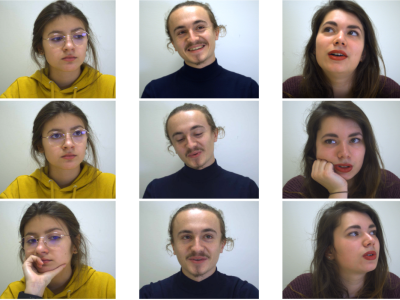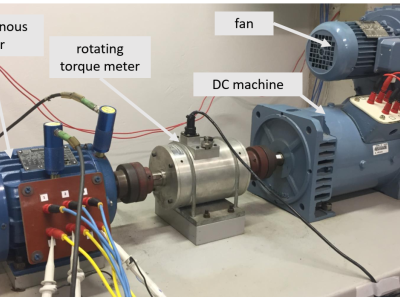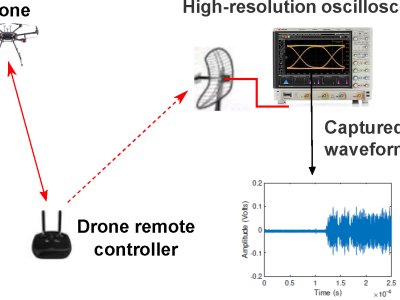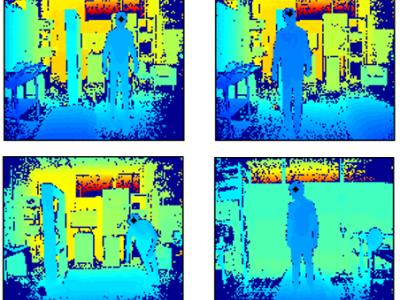Supplementary material for the work "Empirical Validation of a Class of Ray-Based Fading Models"
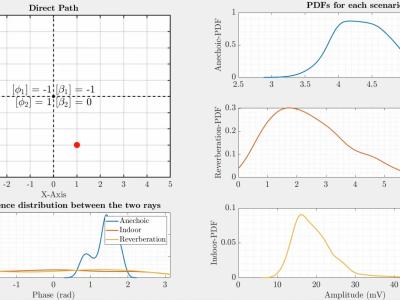
- Citation Author(s):
-
Juan E. Galeote-Cazorla
(Department of Signal Theory, Telematics and Communications, Research Centre for Information and Communication Technologies (CITIC-UGR))
Alejandro Ramírez-Arroyo(Department of Signal Theory, Telematics and Communications, Research Centre for Information and Communication Technologies (CITIC-UGR))
F. Javier Lopez-Martinez(Department of Signal Theory, Telematics and Communications, Research Centre for Information and Communication Technologies (CITIC-UGR))
Juan F. Valenzuela-Valdes (Department of Signal Theory, Telematics and Communications, Research Centre for Information and Communication Technologies (CITIC-UGR)) - Submitted by:
- Juan E. Galeote-Cazorla
- Last updated:
- DOI:
- 10.21227/hzw9-6q21
- Data Format:
 209 views
209 views
- Categories:
- Keywords:
Abstract
This repository stores the supplementary material associated to the work "Empirical Validation of a Class of Ray-Based Fading Models". That work is related with stocastich channel characterization and empirical validation. Three alternative scenarios are studied: anechoic and reverberation chambers, and indoor environments. Through the generation of linear combinations of different path measurements, a large amount of possible configurations appear for each one. In order to support the content of this work, several animations have been carried out. They are useful for the reader to illustrate some of the affirmations, statements and results that have been presented in the mentioned work.
Instructions:
On the one hand, the channel diversity along the generated channels is presented with the media diversity_direct_path.mp4 and diversity_reverse_path.mp4. They present a vast set of possible configurations with an schematic representation, showing the probability density function (PDF) of received amplitude for a specific configuration for the three scenarios. Additionally, it is shown the PDF associated to the phase difference between the combined two paths. It can be seen that most of the anechoic scenarios presents a clear lack of phase, since the distribution is not uniform over the interval from -π to π. On the other hand, the media iftr_fitting_solutions.mp4 shows the results of fitting the independent fluctuating two-ray (IFTR) fading model with the empirical amplitude distribution of 142 combined paths. It is shown the obtained solutions for the Pareto front result of a multiobjective optimization, the distribution of the IFTR parameters and the RMSE metric, the phase difference distribution and an scheme with the representation of the two combined paths.




